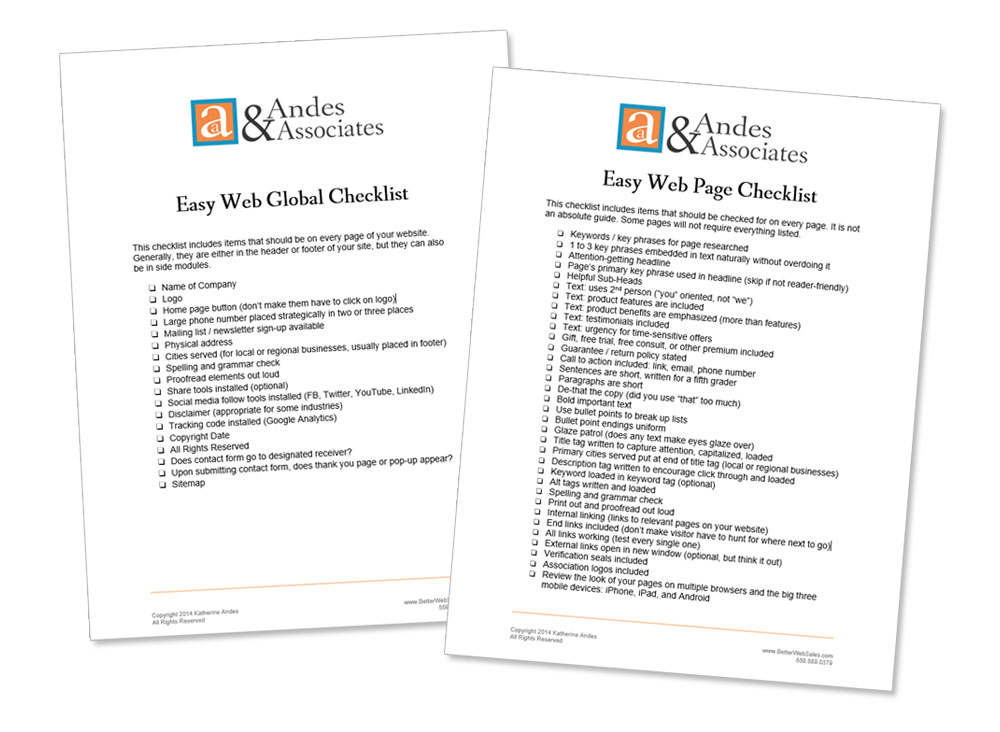Many storefront websites have an automated tool to draft title and description tags for their customers. That’s fine.
Title tags are critical for good local search engine optimization (SEO). So even an automated system for drafting the tags is better than not drafting them at all.
But are you checking to see how your snippets show up on a search results page? If not, you should.

For the purposes of this article, I will use the imaginary city of Metropolis and the imaginary store name of Andalusia Furniture & Home Decor.
A storefront website optimization typically renders snippets that look like this …

The above title tags will work in terms of helping your store show up on a search results page. They follow local SEO best practices to place the main keyword “furniture” next to the city.
However, you can still get the powerful benefit of a title tag by simply moving the location to the end of the tag. That opens up frontage real estate to promote your brand and messaging.
Think of the reader. She has typed in a search for a furniture store in a specific city and she’s pretty confident all the results will be furniture stores in her city.
Many say, “Great, she’ll click on the snippet that begins with the keywords that exactly matches her search.”
But I don’t think that’s necessarily true. If she’s served with a whole series of titles that follow the pattern city+furniture, her eyes may glaze over and she will look for something more enticing.
A better way might be …

As you can see, the word “furniture” is still next to the city. However, the above is well over the 70 character limit. And since there is no benefit in having furniture in the tag twice, it might be revised …

or

However you write the tag, try to make it more enticing and keep the main keyword (furniture) next to the location.
Easy Web Tip 347: Feel free to mess around with the verbiage in your storefront-generated title tags (and the descriptions, too).



